Sado Island, the Jewel in the Sea of Japan
The island hosts many cultural events, showcasing Nô theatre and Taiko drums. Not forgetting the former gold mines.
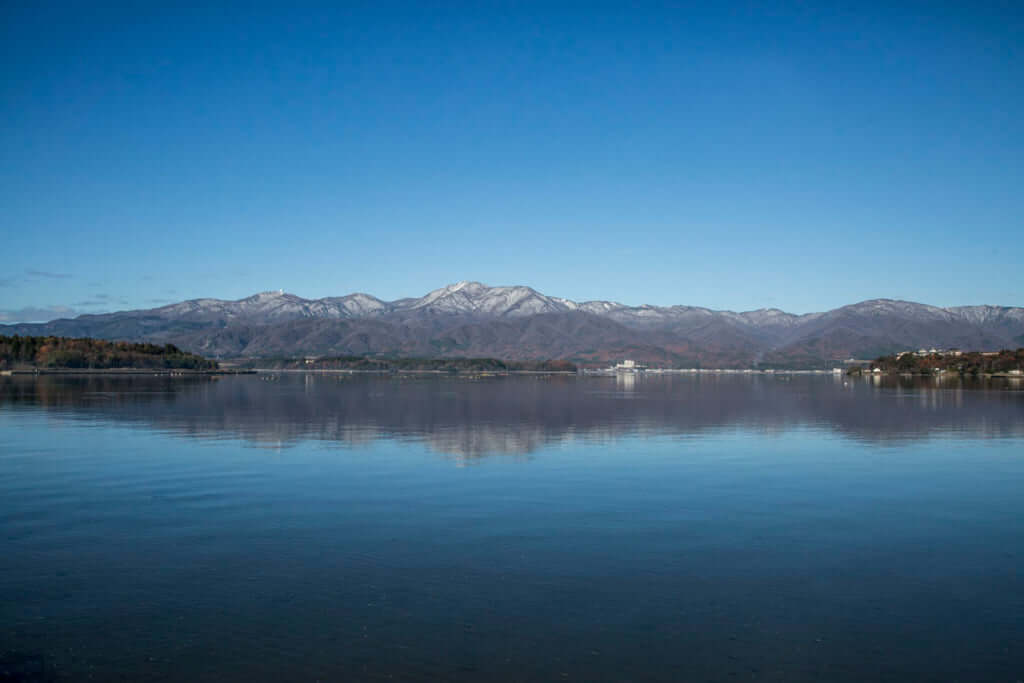
©JNTO
This little piece of land in the Sea of Japan, off the coast of the city of Niigata, is the dream destination for avid walkers and culture fans. A former island of exile for intellectuals who were hostile towards the government before the Edo period (1600-1868) and known for its gold mines that were active until 1989, Sado Island is appreciated by visitors due to its untamed, preserved nature, and also its many festivals and cultural events that take place throughout the year.
The island is full of points of interest, such as the little village of Shukunegi, located a few kilometres from Ogi, a town on the southern coast of the island. This fishing village, which dates back to the Edo period, is a little gem where most of the houses and shops are made from wood, exactly as they would have been two centuries ago. The region of Iwakubi is found back up along the east coast, and its Iwakubi Shoryu Tanada rice terraces are a sight not to be missed. As well as admiring the work that went into creating them, visitors can appreciate an incredible view of the coast from the highest point.
North of here lies Futatsugame Beach, one of the most famous on the island. It’s a popular surfing spot and is also enjoyed by fans of camping, and was even named as one of the top hundred beaches in Japan. Lastly, the island’s two main temples are a must-see: Myosen-ji in Mano, home to the only five-storey pagoda in Niigata prefecture, and Seisui-ji, situated in the middle of 100-year-old cedar trees close to the Ono River, and one of the temples on Sado’s Seven Gods of Fortune pilgrimage route.
Rich culture
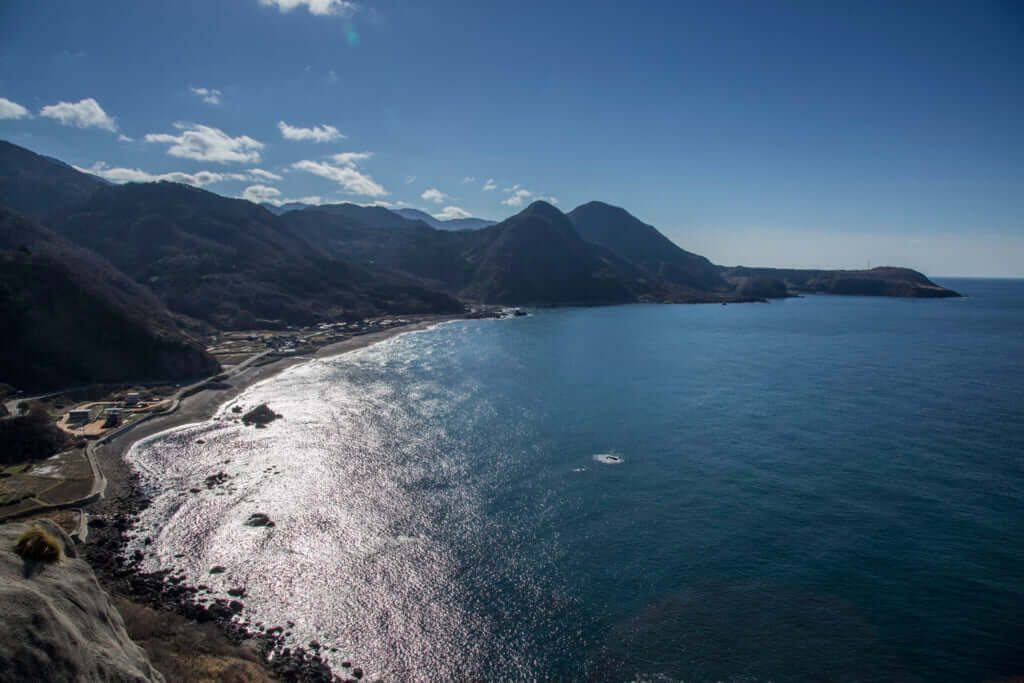
©JNTO
Sado is known throughout Japan for its Noh theatre performances, which are a deep-rooted tradition on the island. It’s a fortunate vestige of a situation far less fortunate: it was thanks to the intellectuals exiled to the island that this art established itself on the territory. Some of them had a significant influence, for example playwright Zeami Motokiyo, who was involved in codifying and refining Noh during his exile to Sado in the 15th century. But it was Nagayasu Okubu, bureaucrat and former theatre actor, who particularly popularised this art during his time on the island in the 17th century. Over 200 Noh stages were opened, and although their number has declined greatly since then (there are only around thirty stages still in use today), many performances are organised every year. The plays tend to be performed mainly between April and October, which is important to remember if you’re hoping to catch one.
The island is also known for its many matsuri, festivals attended by the majority of residents. The most famous of these is the Earth Celebration, which has been held every year in mid-August since 1988. It’s organised by Kodo, a taiko (Japanese drums) group whose members hail from the island. Over three days, the festival is in full swing in the area surrounding the port town of Ogi. It’s an unmissable festival that the Japanese government even appointed in 2009 as ‘the most important music festival in Japan for its notable contribution towards the promotion of traditional Japanese culture and the local community’.
Remains of gold mines
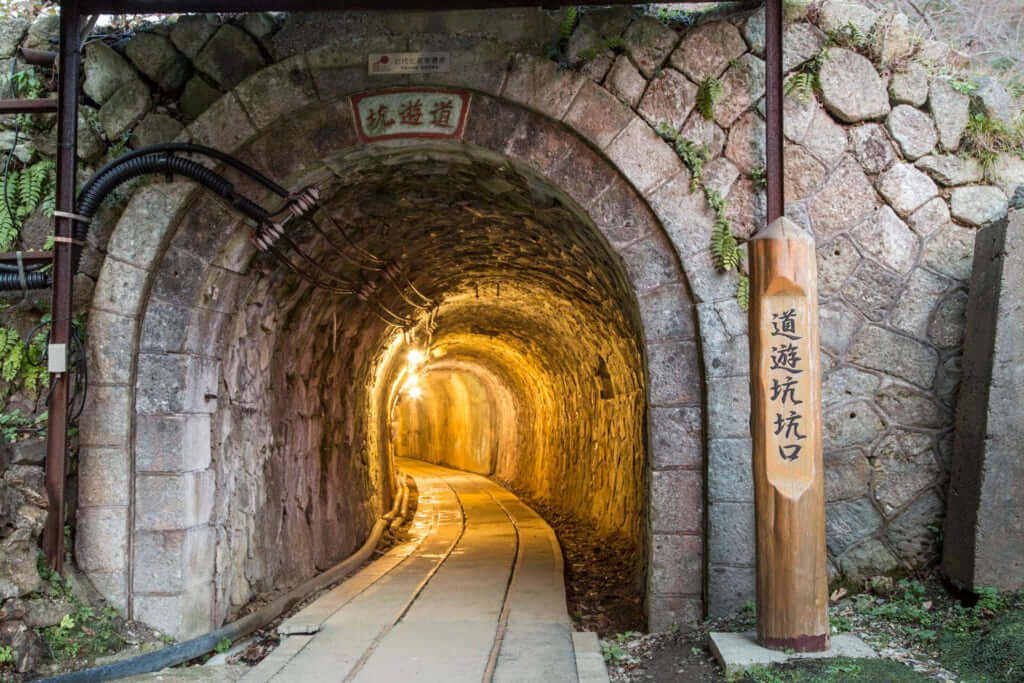
©JNTO
In addition to its wild landscapes and rich local culture, Sado was, until the late 1980s, a gold extraction site. The mines, which have been closed for thirty years, are now partly open for visits, notably in the town of Aikawa. Visitors can also enter the power station and flotation plant in Kitazawa.
A final detail: to get to the island, you’ll need to take a 45-kilometre ferry journey from Niigata or Joetsu, lasting 2 hours and 30 minutes. The best way to see Sado is by car, which allows you to access all of the island’s nooks and crannies. Those unable to hire a car can travel by bus: the island has thirteen lines which divide up the territory perfectly. During the off-season, the buses don’t run to all of the stops, so be aware of this when organising your travel plans. Lastly, for more active visitors, Sado is excellent to explore by bike.
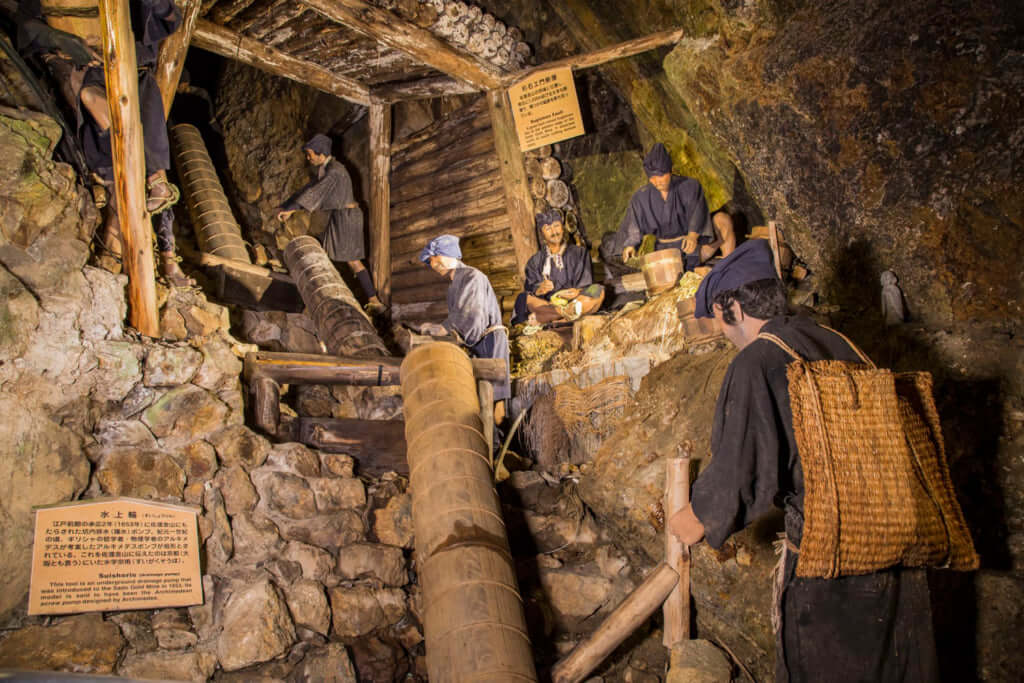
©JNTO
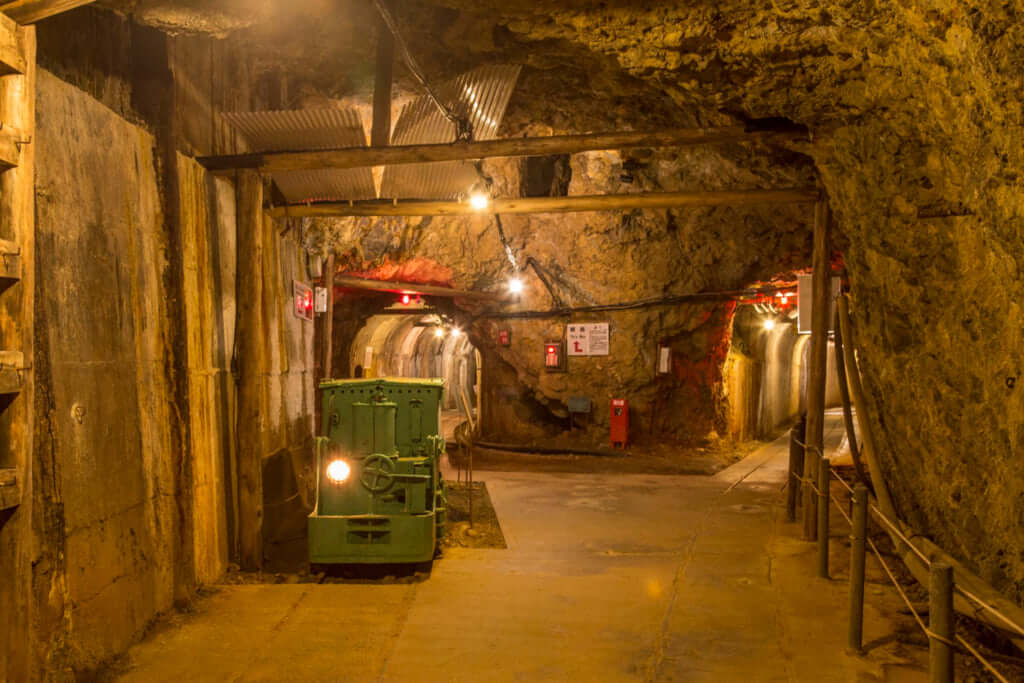
©JNTO
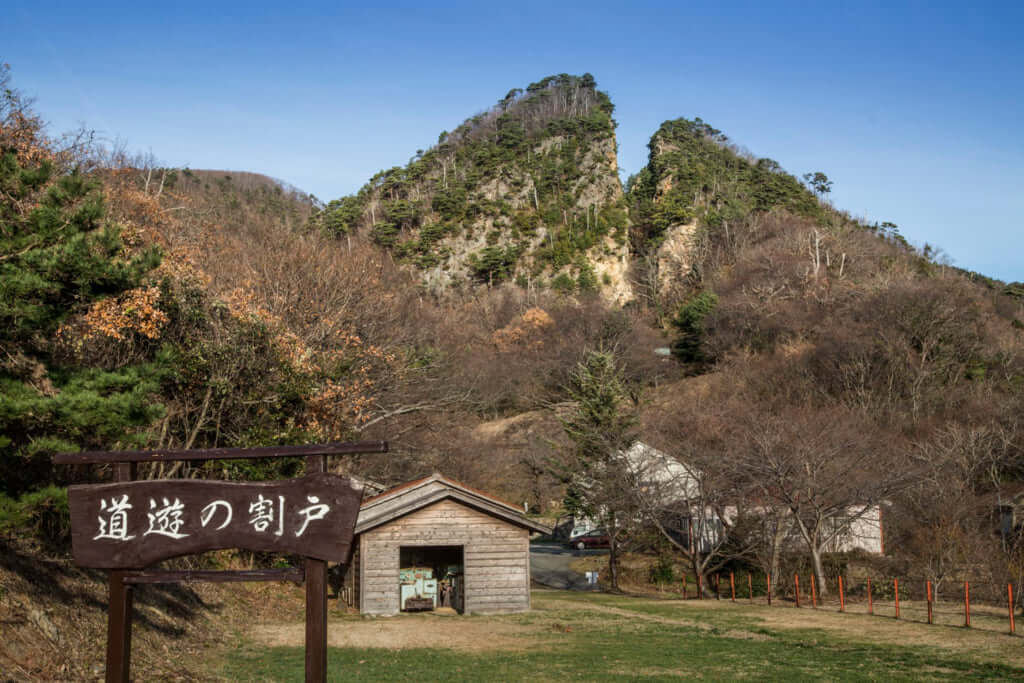
©JNTO
TRENDING
-
Ishiuchi Miyako, A Singular Perspective on Women
Recipient of the 2024 Women in Motion Award, the photographer creates intimate portraits of women through the objects they left behind.

-
Recipe for Ichiraku Ramen from ‘Naruto’ by Danielle Baghernejad
Taken from the popular manga with the character of the same name who loves ramen, this dish is named after the hero's favourite restaurant.

-
Namio Harukawa, Master of Japanese SM Art
'Garden of Domina' offers a dive into the world of an icon of ‘oshiri’, whose work has now reached a global audience.

-
The Tattoos that Marked the Criminals of the Edo Period
Traditional tattoos were strong signifiers; murderers had head tattoos, while theft might result in an arm tattoo.

-
The Emperor of Japanese Porn is Now the Star of a Netflix Series
Deliciously funny, The Naked Director especially succeeds in reviving the atmosphere that was so characteristic of 1980s Japan.





